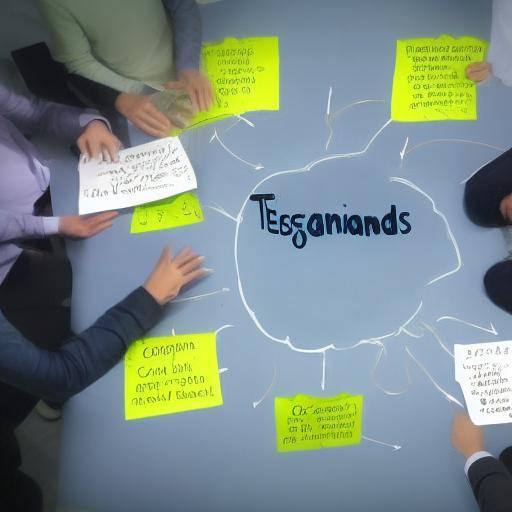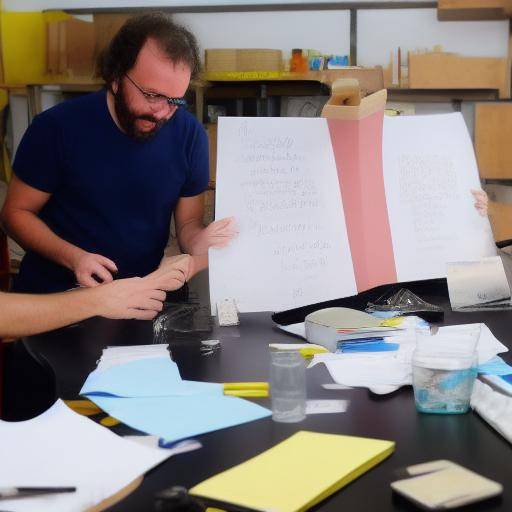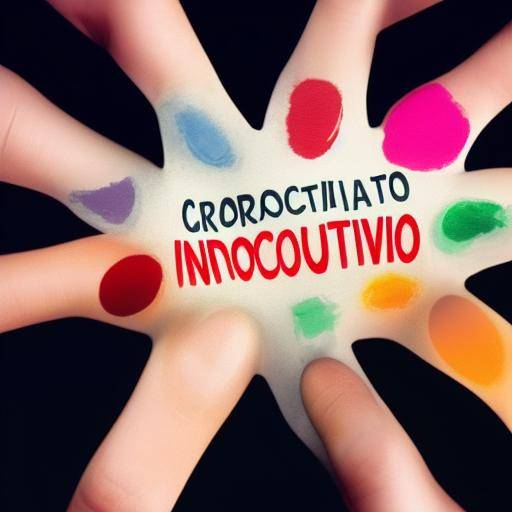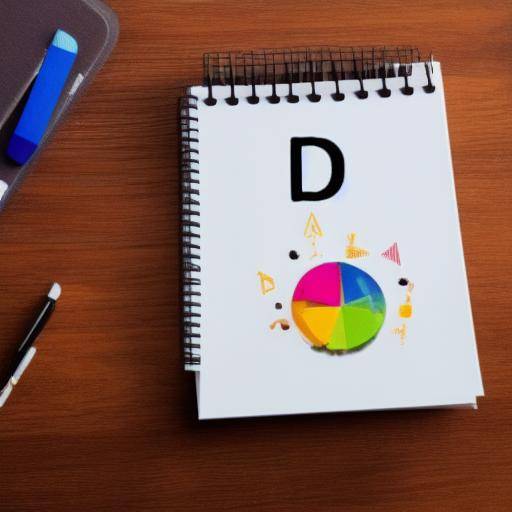
Introduction
Innovation and creativity are fundamental elements in the business world. In this article, we will explore in depth the technique of the six hats, their impact on brainstorming and their relationship with the techniques of creativity and innovation. We will discover how this methodology can enhance the generation of ideas and decision-making in a business environment. In addition, we will analyze case studies, future trends, and practical advice to successfully implement this technique.
History and Background
The technique of the six hats, developed by Edward de Bono, is a creative methodology that allows us to address a problem from different perspectives. This technique has evolved since its conception in the 1980s, establishing itself as an effective strategy for brainstorming and decision-making in multidisciplinary teams.
Origins and Evolution
The story of the six hats goes back to the theories about the lateral thinking developed by Edward de Bono. His research on creativity and structured thinking led to the creation of this methodology, which seeks to stimulate the generation of ideas from diverse angles.
Significant Milestones and Developments
Over the decades, the technique of the six hats has gained popularity in different fields, from business to education. The adaptation of the methodology to different contexts has allowed its application in areas as diverse as conflict resolution, strategic planning and product and service innovation.
Analysis in Deep
Benefits and Challenges of the Six Hats
The six hats provide a clear structure for brainstorming, allowing participants to explore ideas from different approaches without falling into confrontations or sterile discussions. However, one of the challenges of this technique is to ensure that all perspectives are addressed equally and productively.
Statistics and Prácticos Examples
Examples and cases of study illustrate the positive impact of the technique of the six hats on the generation of ideas and problem solving. Statistics reveal that teams using this methodology tend to produce more innovative ideas and reach agreements faster than those who do not apply this technique.
Comprehensive review
Practices and Best Practices
Organizations that implement the technique of the six hats in their brainstorming and decision-making processes have reported greater effectiveness in generating innovative ideas and in identifying creative solutions to business challenges. Best practices suggest that the combination of the six hats with other creativity techniques further enhances the generation of disruptive ideas.
Perspectives of Experts and Prognostics
Innovation experts agree that the technique of the six hats is a valuable tool to foster creativity and innovative thinking in a highly competitive business world. The forecasts indicate that this methodology will remain relevant as organizations seek more effective and creative ways to address business challenges.
Comparative analysis
Six Hats vs. Creativity techniques
Although there are various techniques of creativity, the uniqueness of the six hats lies in their structured approach and ability to guide teams to explore multiple perspectives in a collaborative environment. Compared to other techniques, the six hats stand out for their multidimensional approach and their ability to mitigate conflicts in the process of generating ideas.
Six Hats vs. Innovation
The technique of the six hats can enhance innovation by fostering divergent thinking and exploring solutions from different angles. By integrating the six hats into innovation processes, organizations can generate new disruptive ideas and find creative solutions to business challenges.
Practical Tips and Accessible Tips
Implementation of Six Hats
In implementing the technique of the six hats, it is essential to establish an environment of collaboration and mutual respect among the participants. Organizing structured brainstorming sessions in which each hat is used consciously and equitably can maximize its impact on the generation of innovative ideas.
Industry Perspectives and Expert Reviews
Leaders and innovation experts agree that the six hats are a valuable tool to stimulate creativity and the generation of ideas. Industry views highlight the relevance of this methodology in the current era, in which continuous innovation is an imperative for business survival.
Case Studies and Practical Applications
Real Examples and Lessons Learned
Detailed case studies show how the technique of the six hats has been successfully implemented in different business environments, from startups to large corporations. The positive results, in terms of generating innovative ideas and making effective decisions, underscore the value of this technique in business practice.
Future Trends and Predictions
Emerging trends
The technique of the six hats is expected to remain relevant in the future, as organizations seek effective methods to promote innovation and address complex challenges. The development of digital tools that facilitate the remote application of the six hats and their integration with business collaborative platforms reflects an emerging trend in this area.
Predictions and Opportunities
Business trends predictors indicate that the use of the six hats will continue to expand as companies seek to promote innovation and creativity at all organizational levels. The early identification of problems and opportunities, as well as the generation of disruptive ideas, are areas where a greater focus is expected through the application of this technique.
Conclusion
In short, the technique of the six hats has left a significant footprint in the field of brainstorming, creativity techniques and business innovation. Its ability to guide teams towards multiple perspectives exploration and the generation of innovative ideas places it as a valuable tool in a dynamic and competitive business world. By adopting and adapting this methodology, organizations can enhance their capacity to innovate and resolve challenges more effectively.
FAQs
How can I implement the six hat technique in my company?
The implementation of the six hat technique requires a clear understanding of your methodology and an effective facilitation of brainstorming sessions. It is crucial to establish a clear framework for the implementation of each hat and to foster a collaborative environment in which all perspectives are valued.
What are the main benefits of using the six hats in the brainstorming process?
The technique of the six hats offers a clear structure for problem analysis and the generation of ideas from multiple perspectives. By avoiding confrontations and fostering creative exploration, this methodology can accelerate the decision-making process and enhance the generation of innovative ideas.
Are there situations in which the technique of the six hats is not appropriate?
While the six hats are a valuable tool in most business contexts, their application can be less effective in situations where diversity of perspectives is limited or in highly hierarchized or authoritarian working environments.
How can I ensure the equal participation of all team members in a brainstorming session using the six hats?
It is crucial to establish a clear framework for participation, assigning specific roles and times for each hat. Facilitators should foster an inclusive environment in which all voices are heard and the domination of certain team members is avoided.
What is the impact of the technique of the six hats on business decision-making?
The technique of the six hats can accelerate the decision-making process by providing a structure to explore different perspectives and minimize conflicts. It also facilitates consideration of emotional, ethical and logical factors in decision-making, which can lead to more balanced and effective solutions.
How can I evaluate the success of a brainstorming session using the six-hat technique?
The success of a brainstorming session using the six hats can be evaluated according to the quantity and quality of the ideas generated, as well as the effectiveness in making subsequent decisions. In addition, the collaborative environment and equal participation of team members are key indicators of success.
In conclusion, the technique of the six hats has a significant impact on brainstorming, creativity techniques and innovation. Its ability to guide teams towards multiple perspectives exploration and the generation of innovative ideas places it as a valuable tool in a dynamic and competitive business world. By adopting and adapting this methodology, organizations can enhance their capacity to innovate and resolve challenges more effectively.














